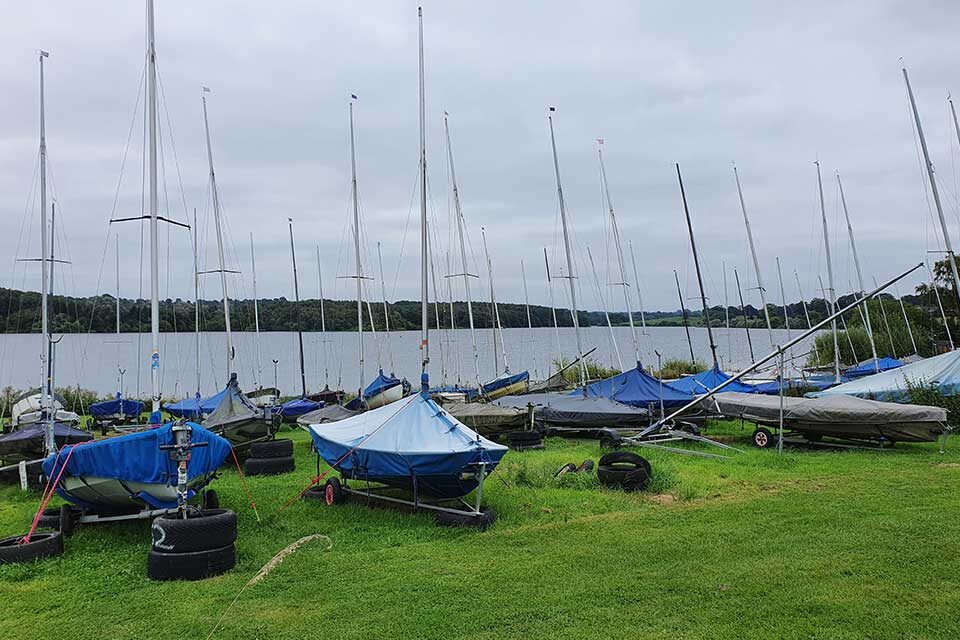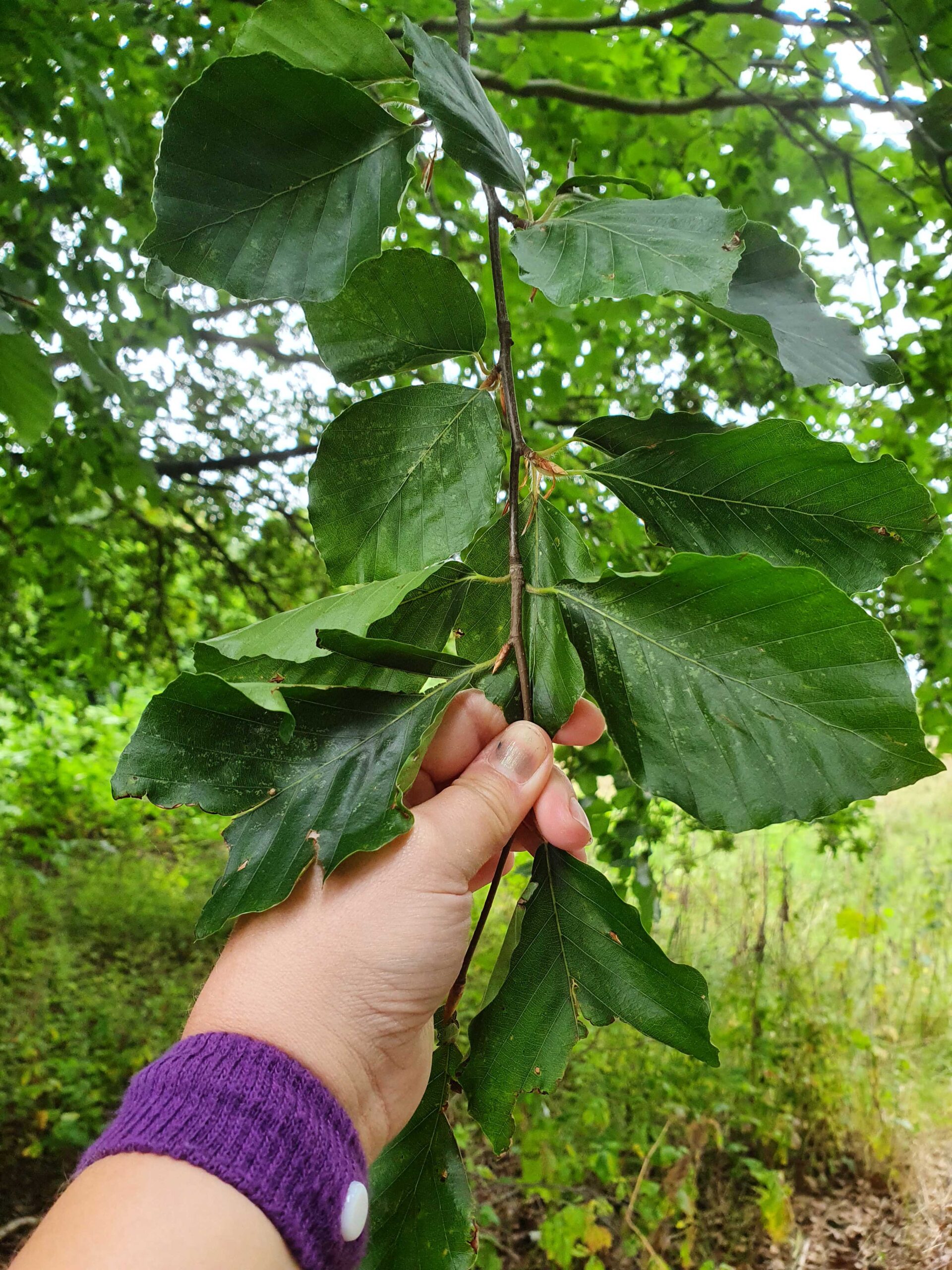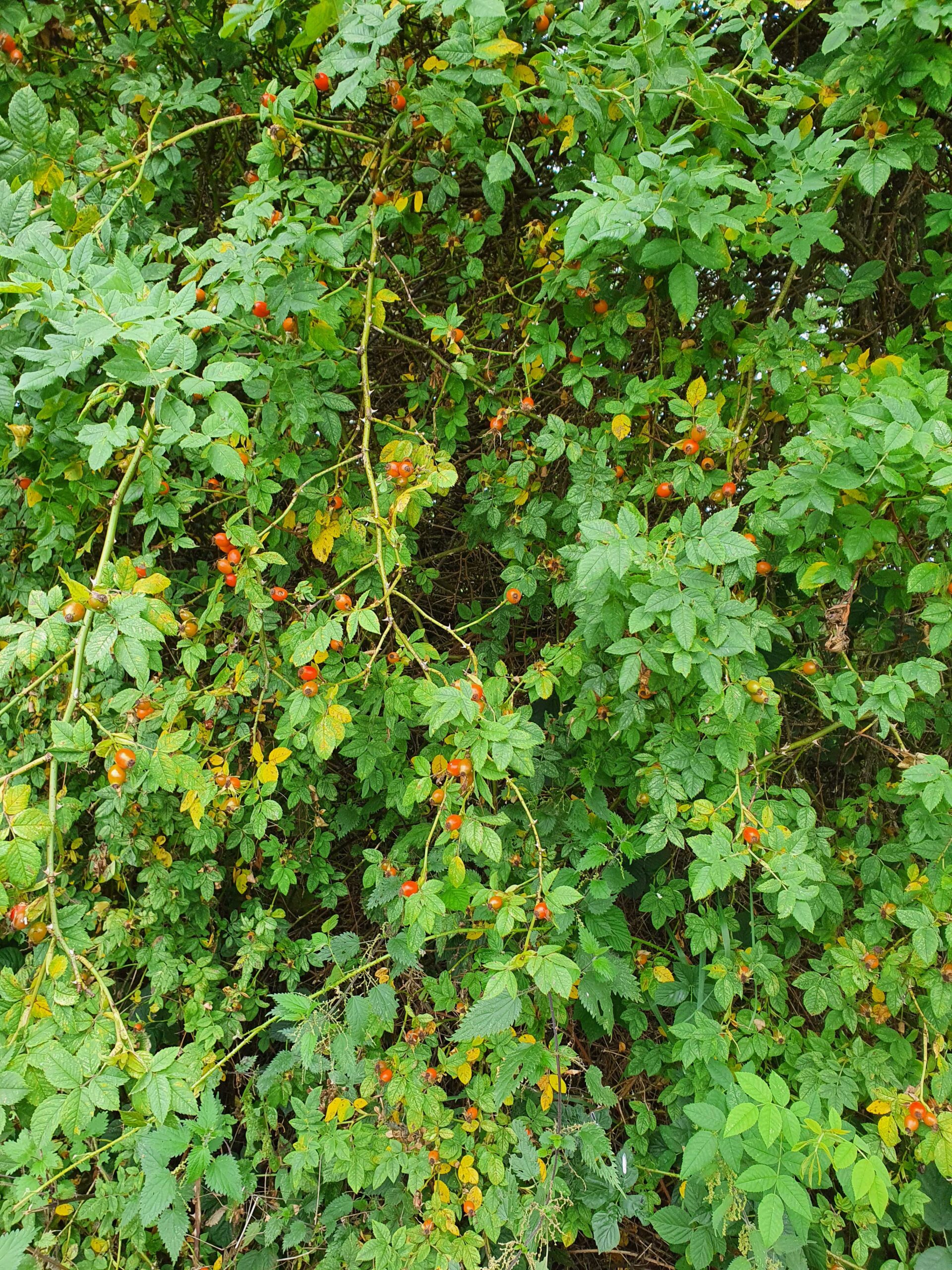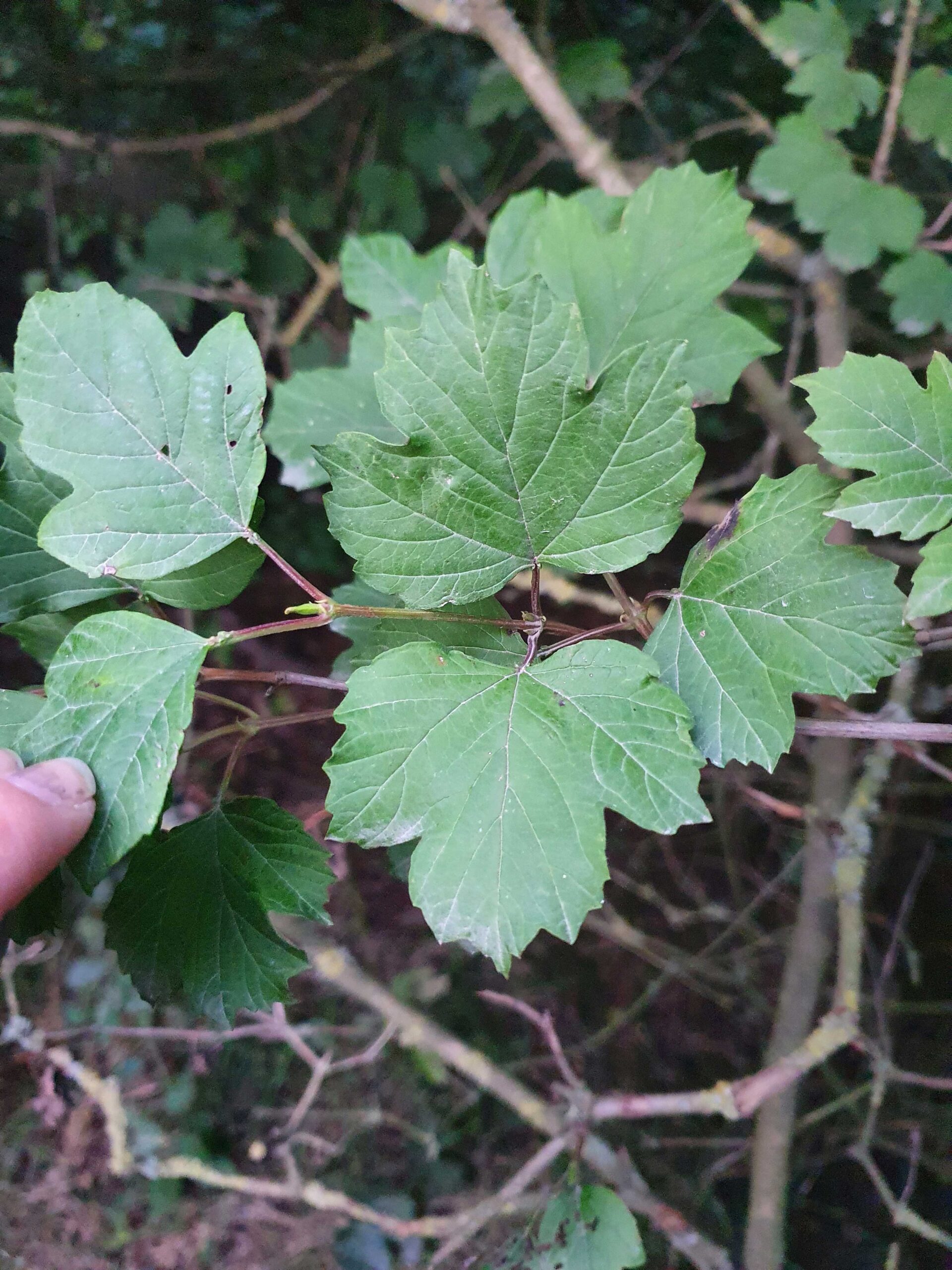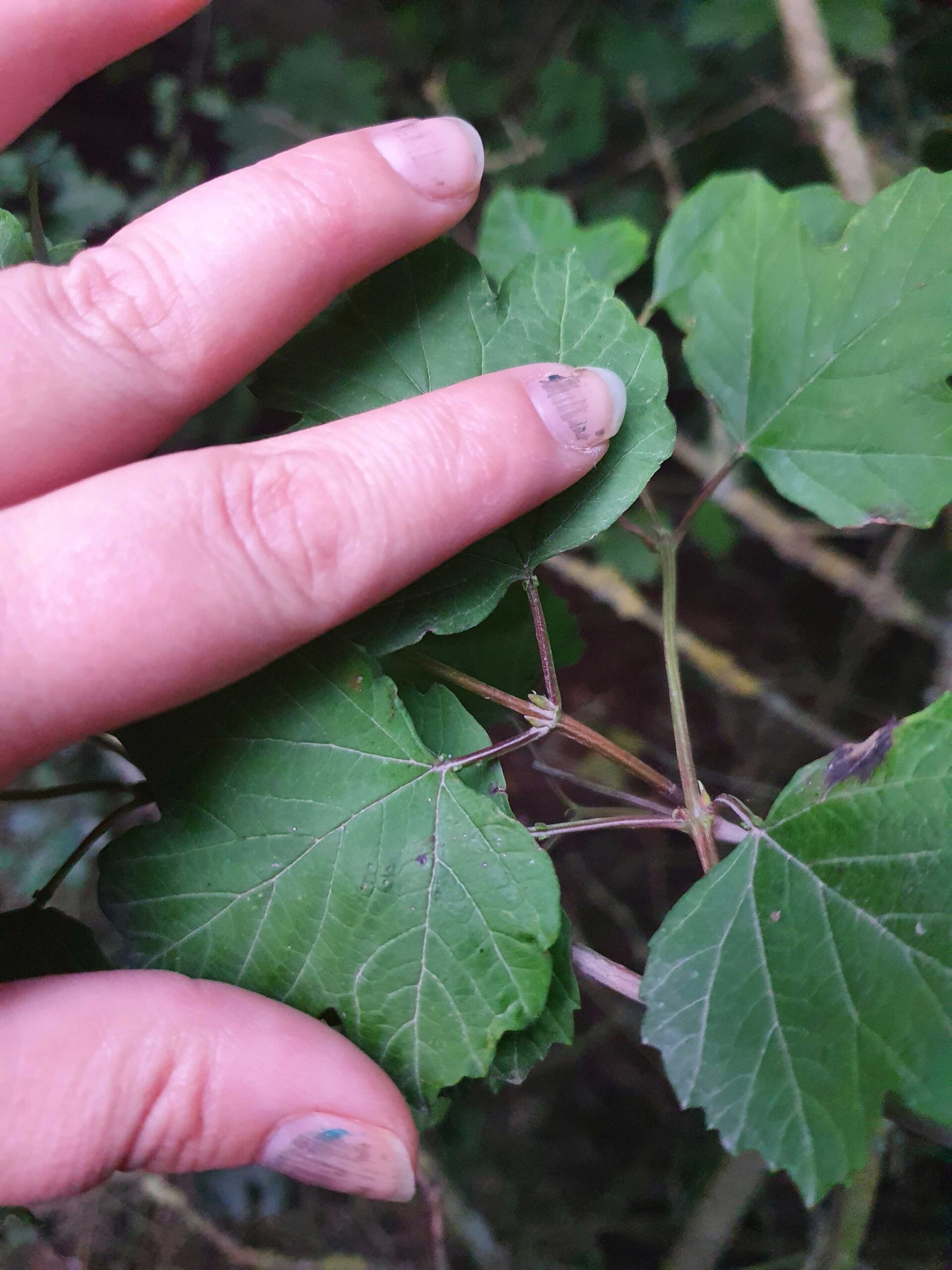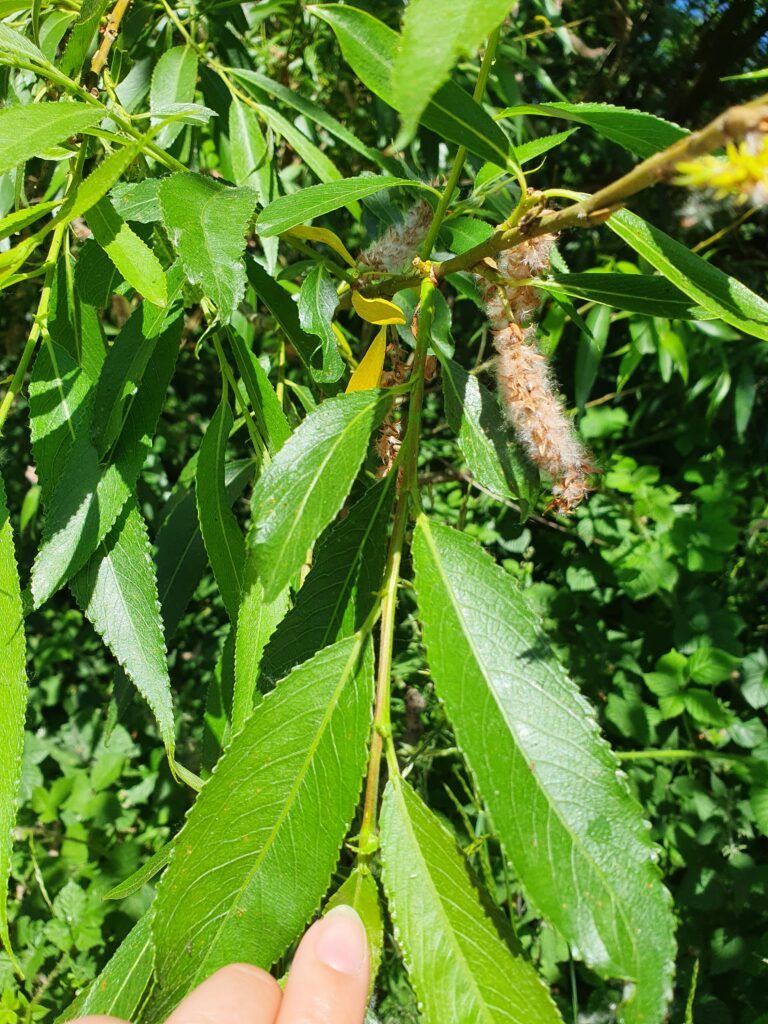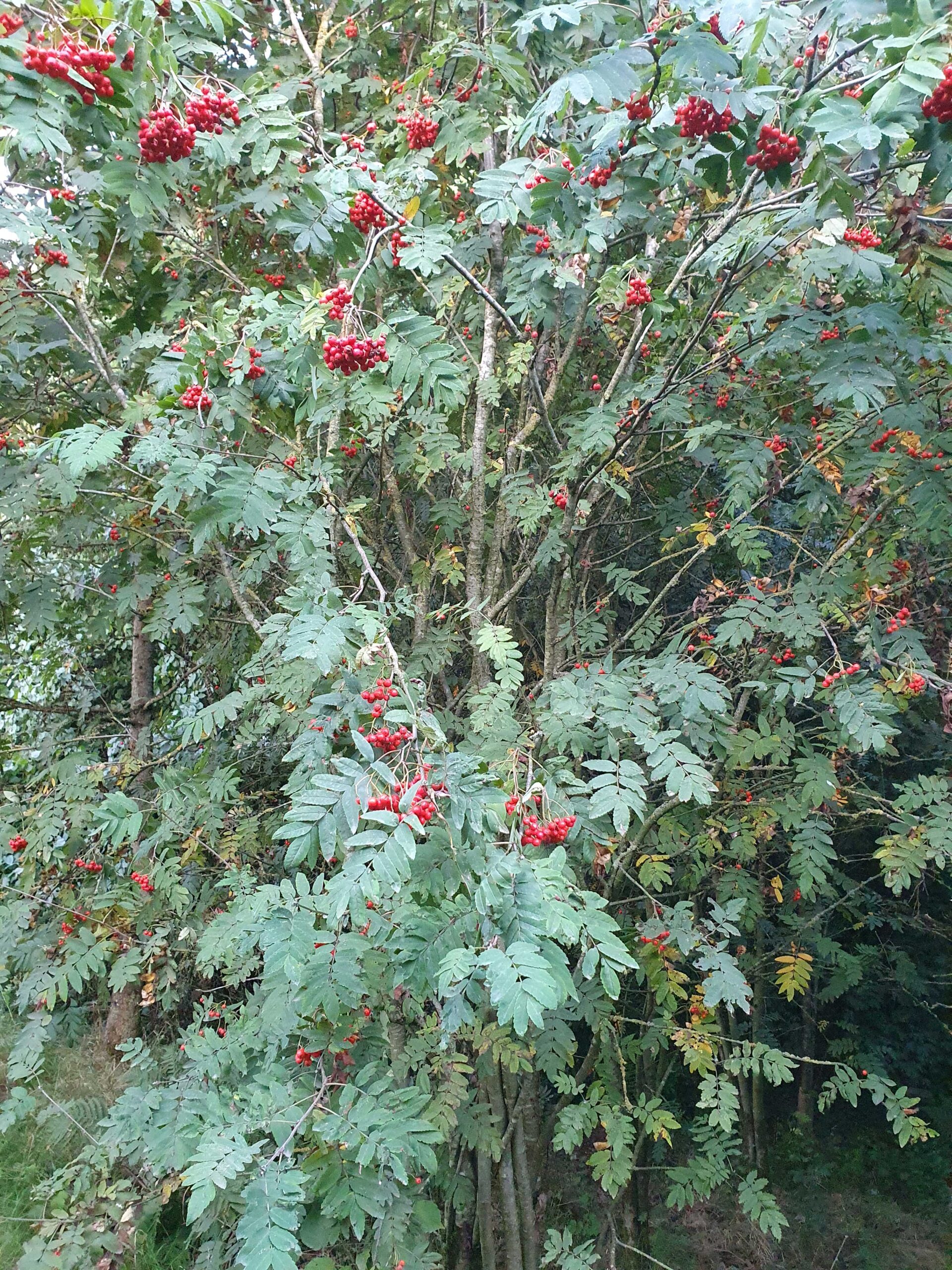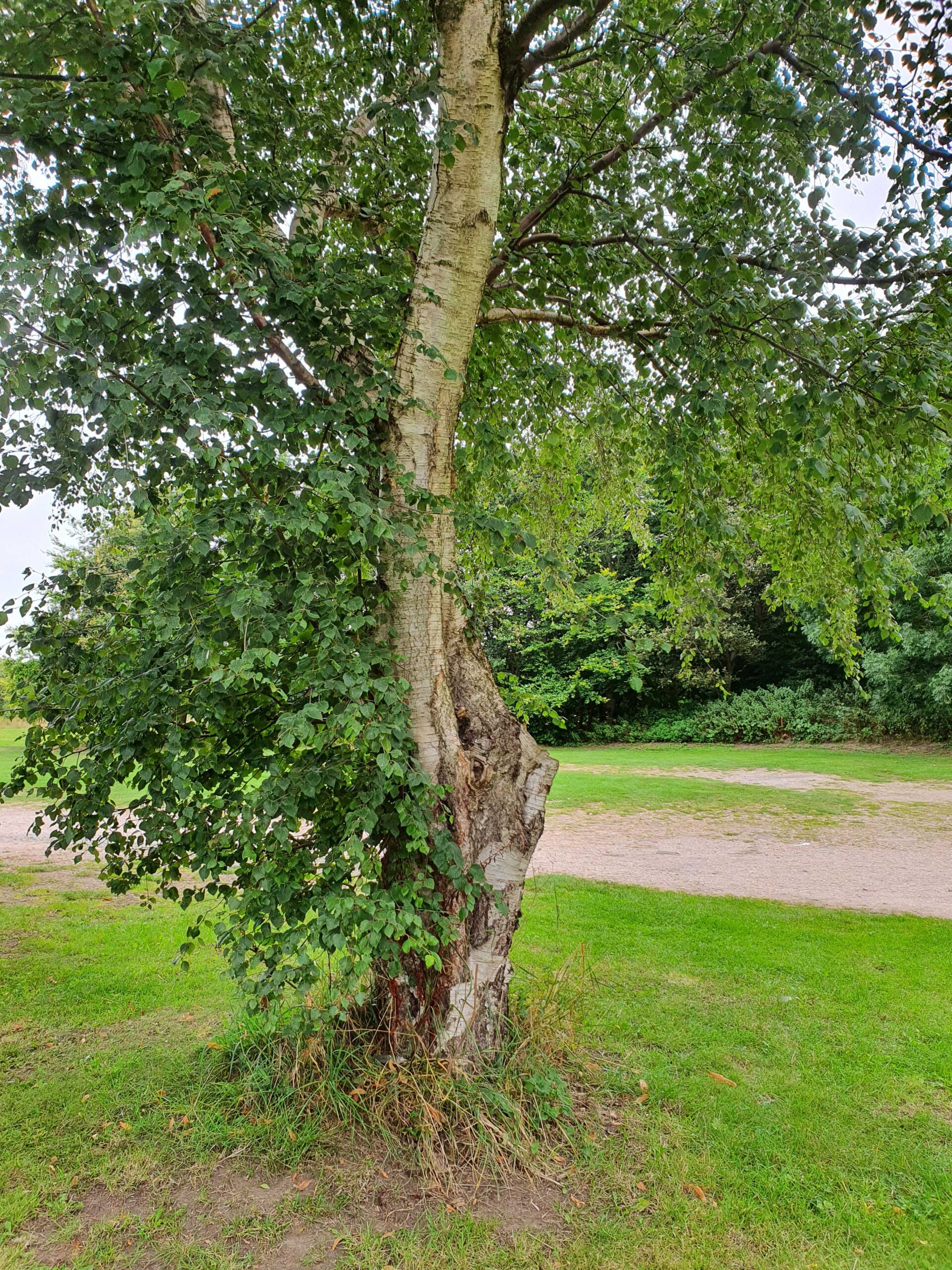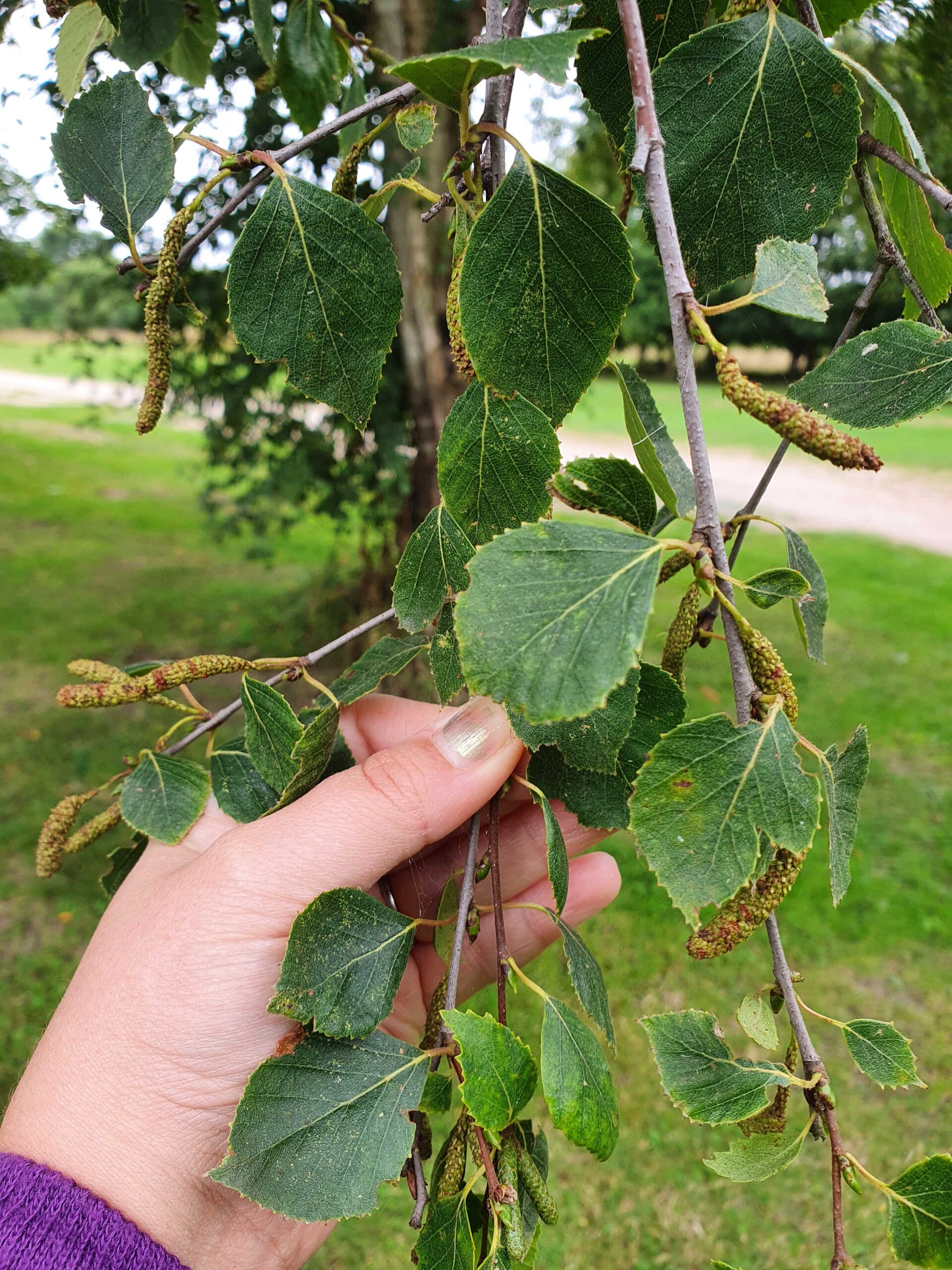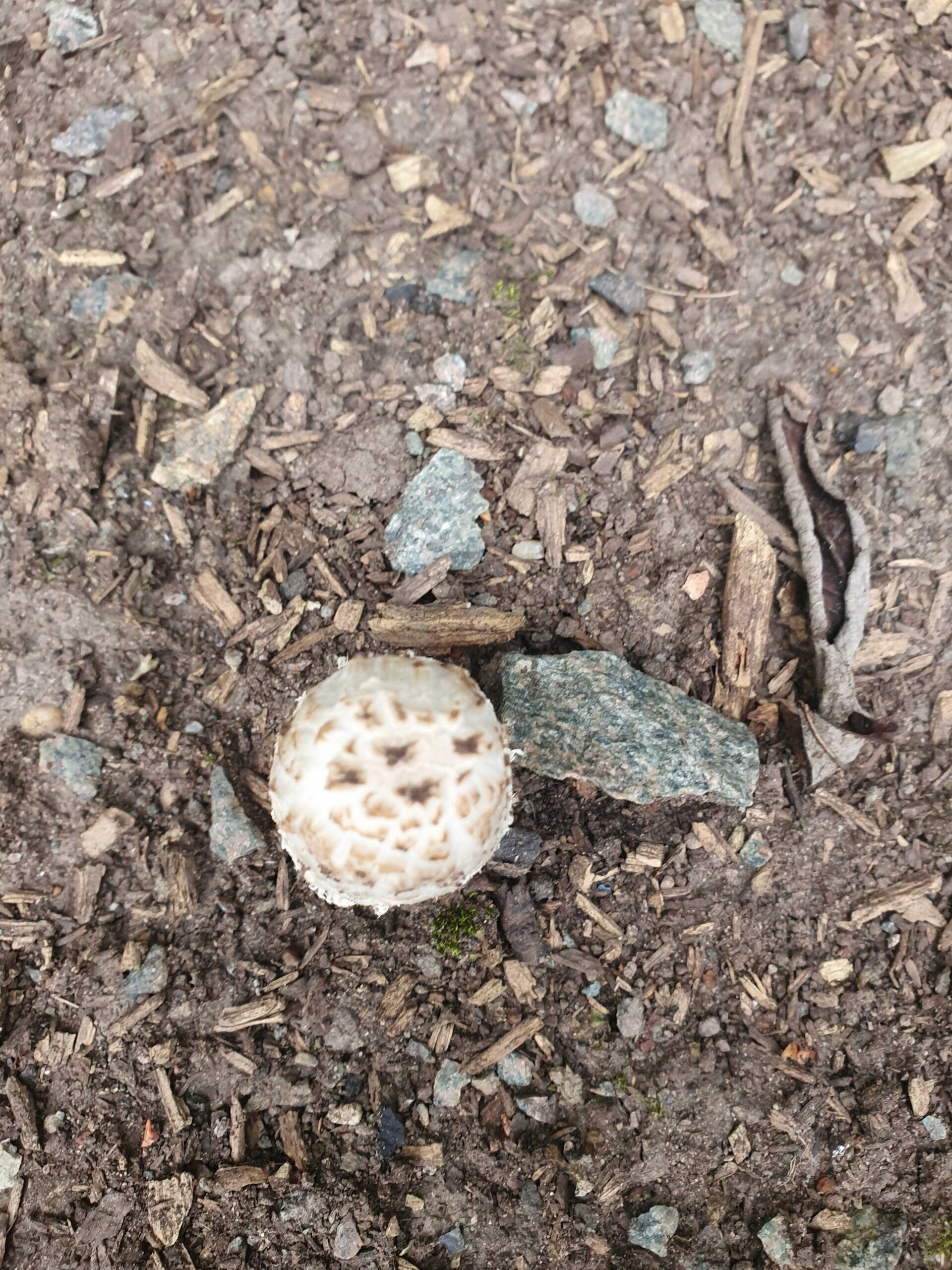Distance: 5.7 miles, there are routes to make this shorter
Parking: Onsite parking, Calke Road, Melbourne, Derbyshire, DE73 8DN. £3 for the day
Family Friendly: Yes
Pushchair/ wheelchair access: Yes
Facilities: Yes, toilets, café and playpark
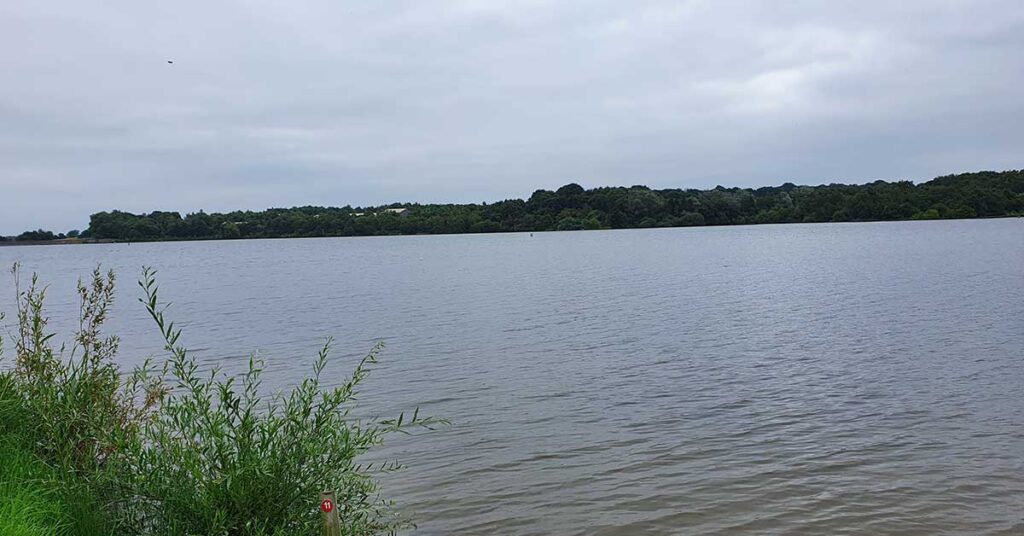
This is a lovely place to walk, with a playpark for kids, open areas where you can have a picnic, and clear paths making this place accessible to everyone.
There is a café onsite and clean toilets.
This is owned by Severn Trent water and they have done a brilliant job I have to say of making it open, clean and accessible. There is a sailing club here too if that is something you enjoy.
There is a circular walk, with route options to make this easy or slightly more challenging and longer.
You can also walk to the near village of Chalk, but be aware this includes walking along a narrow roads with no footpaths.
Identified Species
Alder – Alnus glutinosa
This is a tall tree, the most recognisable part is probably the seed pods, as I am sure many of have seen them in the past and not known what tree they were connected to. Their seed pods look like small pinecones (as photographed). They can have catkins on the same tree too. The leaves of the alder are simple and round with a inward notch at the end. They are a rich green colour and sticky or shiny looking and slightly stocky to the touch. The underside of soft. The ridges of the leaves are visible and deep. The edge of the rounded leaf is toothed.
Beech – Fagus sylvatica
This is a European Beech. The leaves are oval in shape with a point to the tip, the tops of the leaves look waxy and the ridges are very deep. They are a deep green colour. The edges are lightly toothed. They have thin, pointed buds that are visible in these pictures. Some beech trees can have slightly downy leaves.
Dog Rose – Rosa canina
A wild member of the rose family. This is a beautiful flower and can have a pleasant scent. The flowers are either pink or white or a bit of both. Flowers have 5 large petals with divots or flat tops. They have many visible yellow stamen. The dog rose has red spines along the green stem. The leaves are pinnate with 7 leaflets forming along the stem, in opposite pairs and one leaflet at the top. Leaflets are serrated along the edge. In the winter these have hard red berries.
Field Bindweed – Convolvulus arvensis
This is a smaller version of the bindweed family. The field bindweed tends to have small trumpet shaped pink and white flowers. The leaves are arrow shaped and ovate. The stems are long and thin and wind around any other plant it is grown with. This is a climbing plant.
Guelder Rose – Viburnum opulus
A lovely large bush/ small tree. The leaves are small and turn a gorgeous shade of red in the autumn. They have three prominent lobes, with a toothed edge. The leaves are a deep green with lighter ridged veins running along the leaf surface. The berries of this plant are a rink to red colour and form in a cluster at the tip of the branch. The flowers are white, forming an umbrella. The flowers have 5 white petals.
Osier – Salix viminalis
The leaves are narrow and ovate in shape, a simple leaf that tapers at both ends, with the centre being slightly wider than the edges. Leave are alternate in orientation on the branches and toothed along the edge. The catkins (flowering part) are downy and long.
Rowan – Sorbus aucuparia
This is one of my personal favourites. A thin tree with is easily recognised by the bright red berries it forms in a cluster during the summer. The tree will be full with berries and looks almost like it is being weighed down by them. The leaves are compound, with 6 pairs of toothed lanceolate leaflets and a leaflet at the top, forming 13 leaflets in total. They are a deep green colour. The flowering heads are umbrella, with many individual white flowers in a cluster and visible stamen.
Silver Birch – Betula pendula
This is another lovely tree that many people will recognise. The trunk of the tree has a lovely grey/ white bark, interspersed with black/ brown cracks or breaks in the bark. The trunks of these trees are very tall, with the branches growing at the top of the tree to provide a thick canopy of leaves. Silver birch are often used in planted woodlands. You can tell it is a planted woodland if the trees are in neat rows. The leaves are simple, arrow shaped with a toothed edge. Silver birch also produce a small rounded, thick catkin as its fruit. Birch trees as also knows as pioneer trees, meaning they are usually the first to appear in a succession landscape.
Shaggy Inkcap – Coprinus comatus
This is a white capped fungi, that forms a dome as it rises from the ground. The cap forms scales, which are tipped with brown. If left the cap will open up completely and the edges will turn in. The cap produces a thick black substance which is in fact the spores. This has been used previously as ink, hence the name.
Black-headed Gull – Chroicocephalus ridibundus
Small water fowl, white plumage with grey wings, a grey to black eye stripe and small black patch on the cheek, an orange bills with black tip, black tail feathers, orange legs and orange webbed feet. After their first winter the males get a black head plumage
Cormorant – Phalacrocorax carbo
These were the first birds I ever identified and so they have a special place in my heart. I adore them! There are a number of different types of cormorants, and I believe we have 2 here. Cormorants are large black sea birds, some have black plumage all round and others have white chests and necks. Cormorants have grey and yellow beaks with yellow to white cheeks

Coot – Fulica atra
Small water fowl, black plumage all over, with a distinctive white bill and white patch above the bill. The legs are long an black with long toes. The feet have white lines, looking almost like skeleton feet. This is such a wonderful bird. It is easily identified with its black plumage and white face and bill. The coot will be along the edges of the water more commonly, they only swim out for food when they cannot find food along the edge. Coots have long feet and long legs, they do not have webbing like ducks. Their chicks are fluffy little grey/ black things.

Greater Crested Grebe – Podiceps cristatus
This is a stunning bird, with a lovely long white neck. It has longer dark black to red brown head feathers that point out from the back of the head. The face is white with a black eye stripe running from the eye to the long bill. There are dark red brown feathers from the back of the neck down a little. Their necks are white and bodies are dark brown.
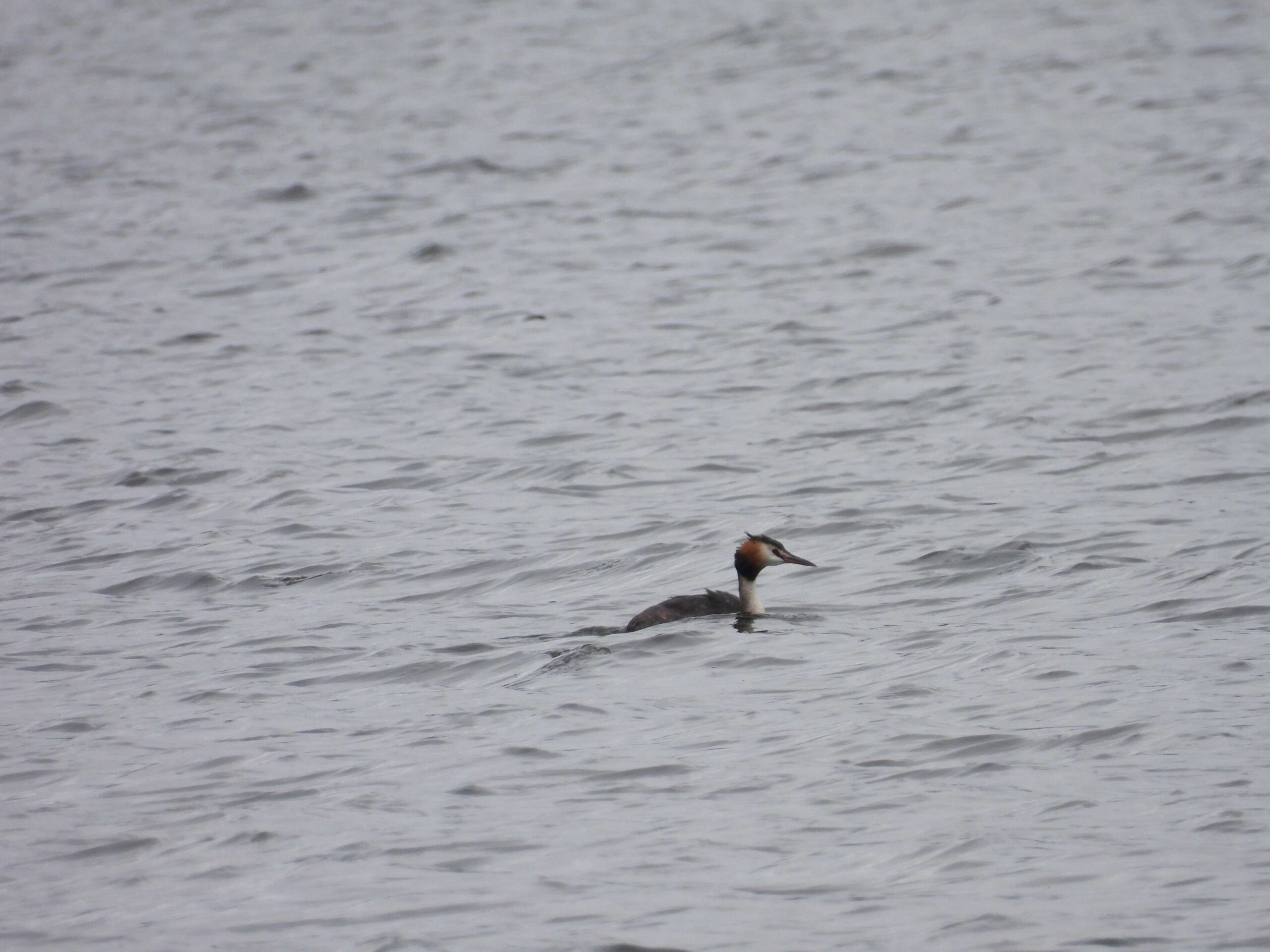
Greylag Geese – Anser anser
They are large geese, with shorter stocky grey necks, their heads are grey and their beaks are orange. Their cheeks have small smooth feathers, their neck appears rougher, but the same colour. Their chest and underside is light grey/ light brown. Their backs are a grey brown colour with a banded appearance similar to the Canada goose. Their bottom is white. The tips of their wings are tail is black.
They feed on grasses, seeds, roots and cereal
According to the RSPB, these geese where re-introduced to the UK, and so can be quite tame. Although I wouldn’t recommend trying to stroke one! They normally just hiss at me!
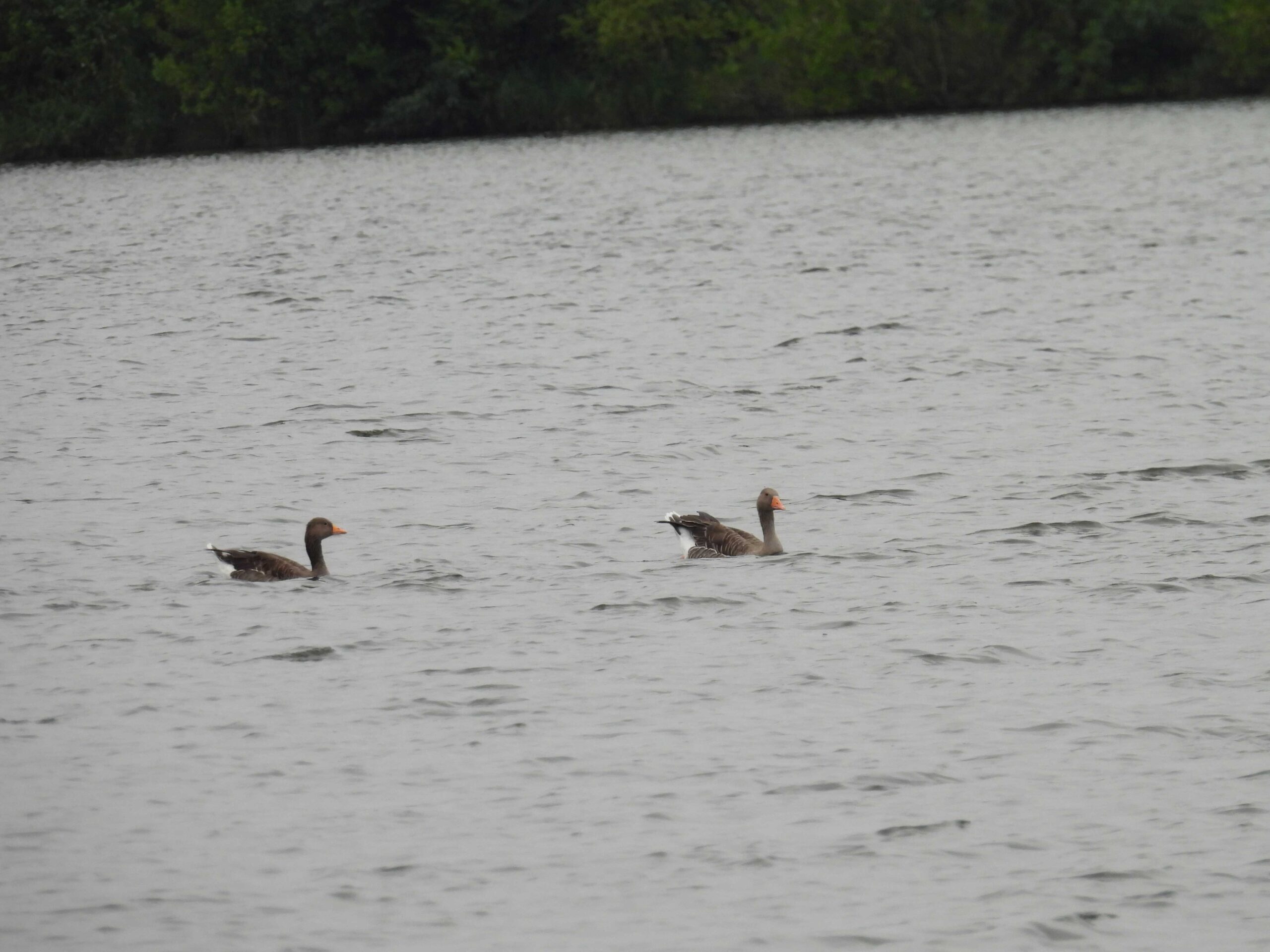
Mallard – Anas platyrhynchos
A medium sized water fowl – males have a green head, yellow bill, white stripe around the neck, a brown check and belly, grey sides and wings, with a black back and white tips to the wings and a curled black feather at the tail. The female has a brown head, no curled tail feather, and brown plumage

Thank you so much for reading, I hope you enjoyed this article. If you walk here yourself, please let me know what you think. Or share your species finds with me.
